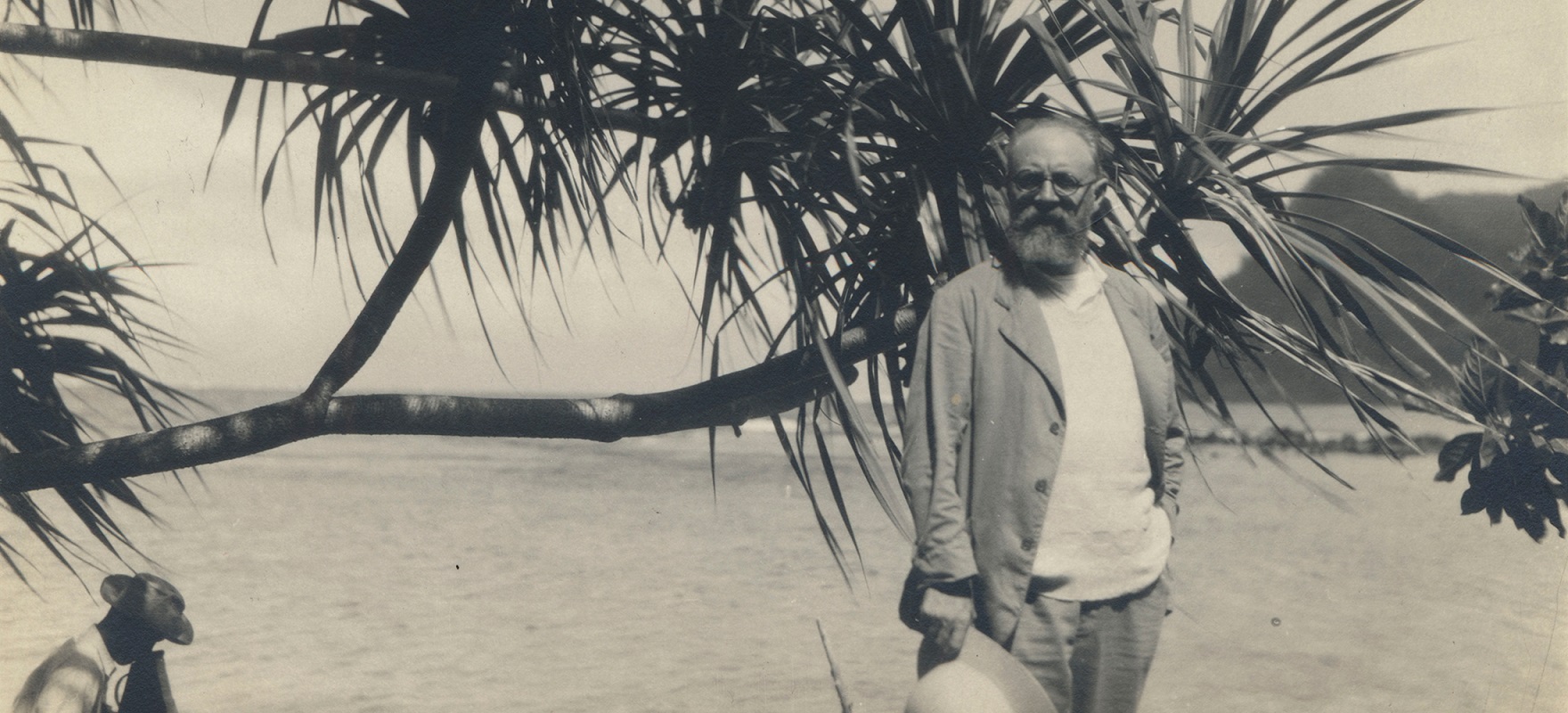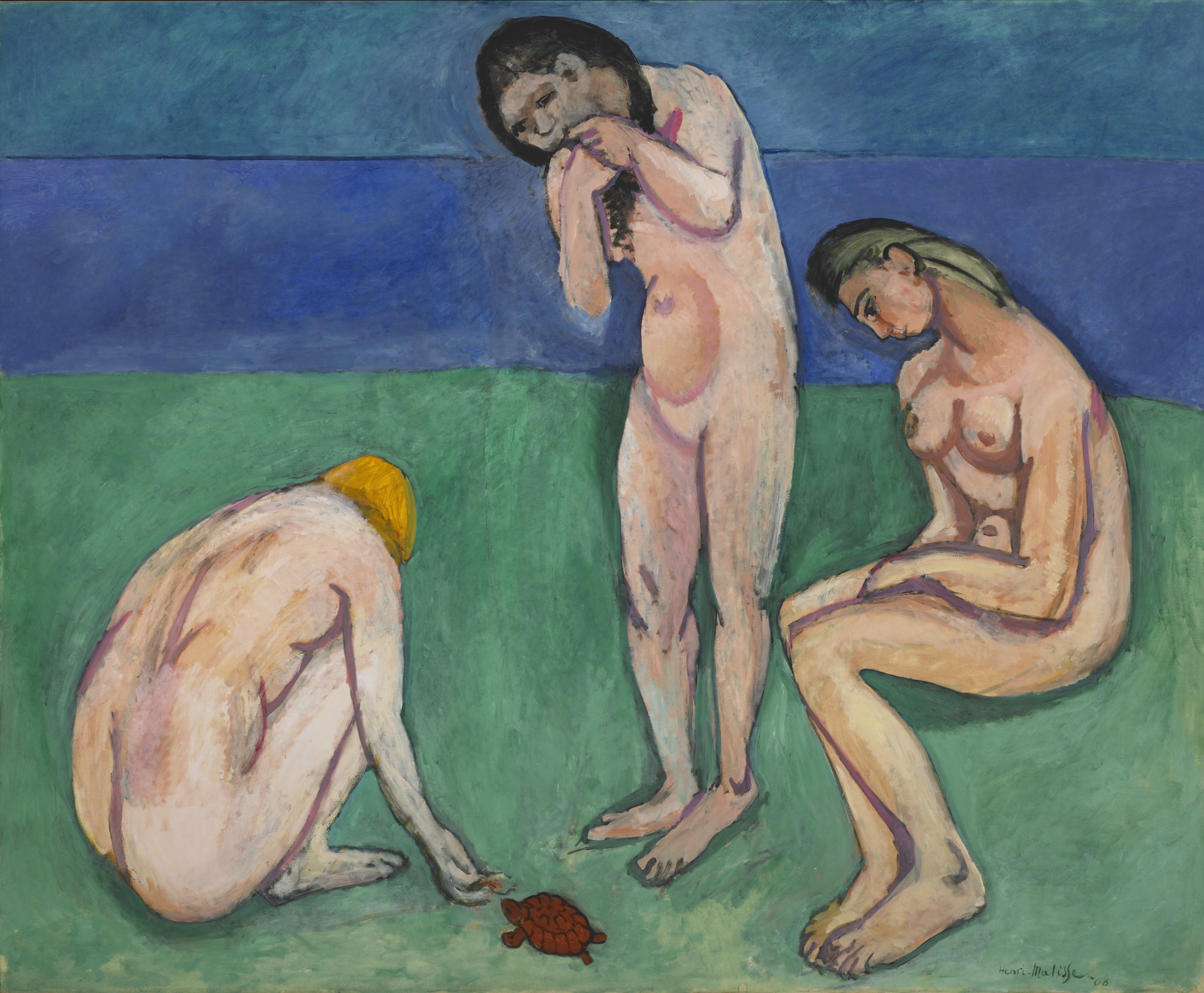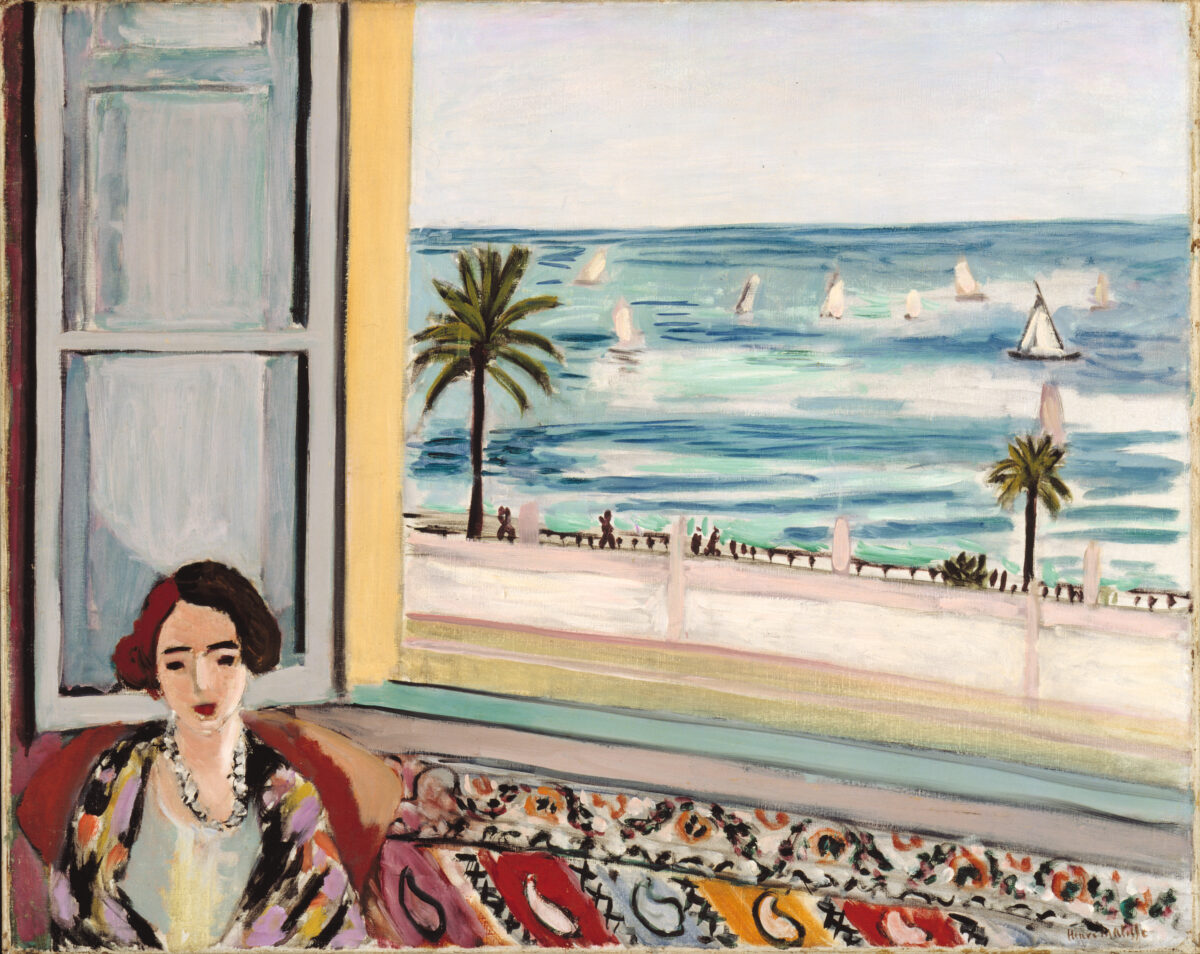The Saint Louis Art Museum launches its 2024 exhibition season with “Matisse and the Sea,” showcasing the evolution of the French modernist master in his depiction of water.

The exhibit is the first of its kind to examine the significance of the sea and related imagery in Henri Matisse’s extensive body of work – including those he made from the Mediterranean coast and the Atlantic and Pacific oceans – through approximately 75 paintings, sculptures, paper cut-outs, textiles, ceramics, drawings and other objects.
Simon Kelly, curator of modern and contemporary art at the Saint Louis Art Museum, says Matisse was fascinated by the sea to such a degree the artist once noted the sea was “blue, blue, blue, so blue that you want to eat it.”
“His letters talk a lot about the different colors of blue and green of the sea. And if you look at Matisse’s work, as a whole, the color blue – ultramarine blue – is really important to him,” Kelly said. “It was also the light. He loved the light of the sea, particularly in Nice in the south of France. He talked about the luminosity of Nice.”
Matisse (1869-1954) produced a wide range of work around France influenced by the Mediterranean and Atlantic coasts. He also found inspiration in his travels to the French colonies, including French Polynesia.

Matisse was a devoted swimmer and the theme of the bather repeatedly held his focus. The museum’s own landmark painting, “Bathers with a Turtle,” a sizable oil-on-canvas composition, anchors the exhibit. The work depicts three nude female figures in an abstract seascape, described by the artist himself as “three women by the sea, playing with a turtle.”
But new analysis of “Bathers with a Turtle” reveals so much more, notes Kelly, pointing to Matisse’s sweeping changes to the work, including the transformation of the landscape, the orientation of the turtle, and the placement and poses of the three bathers.
Kelly adds the idea of the painting, which he informally refers to as “the ‘Mona Lisa’ of the exhibition,” presents a fresh perspective on Matisse. Painted in Paris between the fall of 1907 and February 1908 when Matisse was in his late 30s, the work came at a pivotal moment in his career, as he explored a range of new influences and was in competition with the young Spanish painter, Pablo Picasso.
For Kelly, the most interesting aspect of the painting is connecting Matisse to African art, as the painting represents a fusion of European and African artistic tradition, as well as demonstrates the artist’s radical approach.
“In the exhibition, you have a group of sub-Saharan sculptures – many of which Matisse actually owned – that connect him to African art,” he said. “The show is ‘Matisse and the Sea,’ but within that general theme, the ‘bathers’ theme is incredibly important. A lot of Matisse’s bather paintings connect to African art, particularly, ‘Bathers with a Turtle,’ which is seen next to a couple of Sub-Saharan African sculptures and a mask from the Congo, which, I argue, connect back to the painting.”

Overall, the exhibit, which spans a body of work from the artists’ early renderings of the Mediterranean to abstract interpretations later in life, traces Matisse’s evolution through seven different sections: “From Brittany to the Mediterranean Coast: The Early Years” situates viewers in the late 19th and early 20th centuries, showcasing the importance of marine themes as Matisse is beginning to come to prominence. “Collioure: A Constellation of Influences” examines origins of “Bathers with a Turtle” and chronicles Matisse’s pivotal time in southwestern France in the port town of Collioure. “Bathers with a Turtle: A Fusion of European and African Traditions” features the central painting, as well as key works by Cezanne (“Three Bathers”) and sub-Saharan figures from Guinea and a mask from the Democratic Republic of Congo. Also featured is Matisse’s preparatory painted study from 1907, “Three Bathers,” to show the departure from naturalism to abstraction in his evolution. “Nice and the Mediterranean Coast: The 1920s” continues Matisse’s exploration of water themes but with more traditionally composed scenes along the French Riviera. “French Polynesia I” and “French Polynesia II,” feature works inspired by his three-month visit to the islands in 1930. The final section, “The Late Paper Cut-Outs” further underscores Matisse’s artistic evolution and the enduring impact of the sea on his artistic vision.

“If you’re talking about western European artists, he’s right up there with Picasso – I would say those two are the leading artists of the 20th century,” Kelly said. “I would also argue that Matisse’s work has the greatest legacy for contemporary artists. You’ll see a part of that in the paper cutouts that are very contemporary, so flat and abstract. The legacy of Matisse’s work is quite profound.”
“Matisse and the Sea” is on view Feb. 17 through May 12. The ticketed exhibition is $12 for adults, $10 for seniors and students, and $6 for children ages 6 to 12. Members and children 5 and younger receive free admission. The museum is hosting a public preview Friday, Feb. 16, from 4 to 8 p.m.





